Close your eyes and let your mind drift back to the grooviest decade of all time. The 1960s weren’t just about what we saw – they were about what we heard, from the moment we woke up to the last song on the radio before bed. These sounds didn’t just fill our ears; they filled our hearts and shaped who we became, creating a soundtrack that still gives us goosebumps decades later.
1. The Beatles’ Opening Chord from “A Hard Day’s Night”
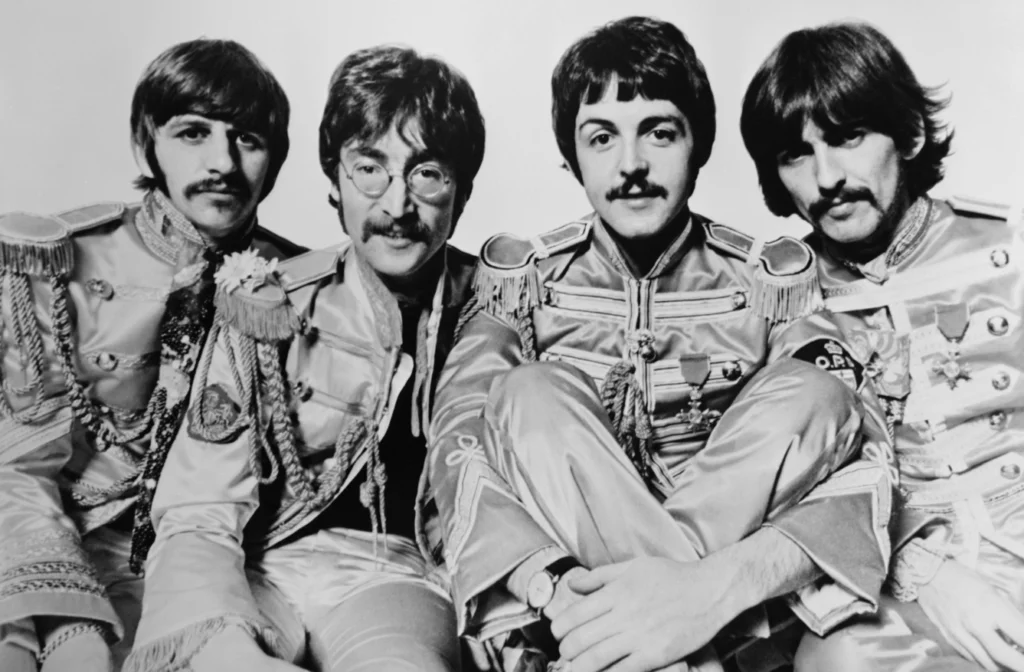
That single, explosive chord that opened “A Hard Day’s Night” was like a lightning bolt that split popular music in two – before and after. When it hit the airwaves in 1964, kids across America stopped what they were doing and turned up their transistor radios. It was the sound of four lads from Liverpool announcing that the world was about to change forever.
George Harrison’s 12-string Rickenbacker guitar created a sound so distinctive that musicologists are still debating exactly how they achieved it. But we didn’t need to understand the technical details – we just knew it made our hearts race and our feet start moving. That chord became the battle cry of a generation ready to turn the world upside down.
2. The Distinct Ring of a Rotary Phone
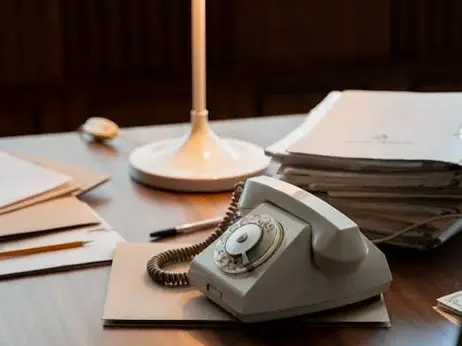
Remember when making a phone call was an event that required actual effort? You’d slip your finger into that little hole, pull the dial all the way around to the metal stop, and listen to that satisfying whirring sound as it spun back. Getting someone’s number wrong meant starting the whole process over again, which made every conversation feel more precious.
The busy signal was its own form of torture – that harsh, repetitive beeping that meant your crush was probably talking to someone else. Party lines added another layer of drama, with neighbors sometimes listening in on your conversations. Those phones had weight, literally and figuratively, and when you slammed down the receiver after an argument, the whole house knew about it.
3. The Motown Sound – That Signature Bass Line

Berry Gordy Jr. and his talented crew at Hitsville U.S.A. created a sound so distinctive you could recognize it within the first three notes. James Jamerson’s bass lines didn’t just keep time – they danced, they grooved, they made your whole body want to move in ways you didn’t know were possible. The Funk Brothers laid down the foundation while artists like Diana Ross, Stevie Wonder, and Marvin Gaye built musical magic on top.
Every Motown hit felt like a celebration, whether you were hearing “My Girl” by The Temptations or “Dancing in the Street” by Martha and the Vandellas. The sound was so polished, so perfect, that it transcended racial barriers and brought kids together on dance floors across America. When that bass line kicked in, differences disappeared and everyone became part of the same joyful moment.
4. Walter Cronkite’s Voice Delivering the News
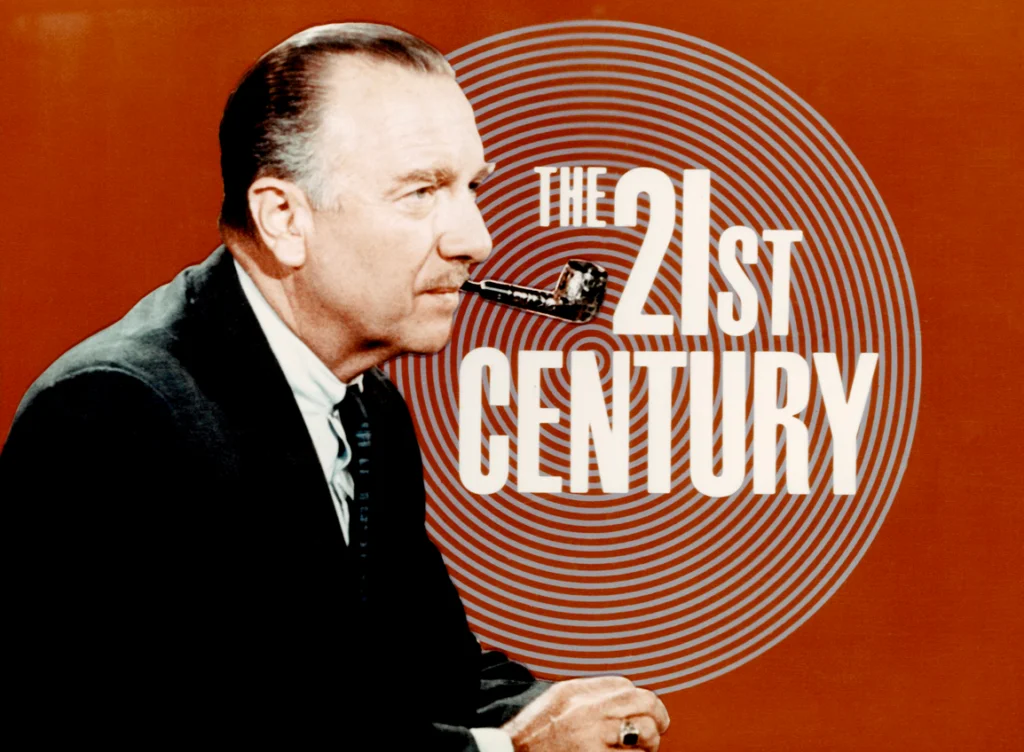
“And that’s the way it is” – those six words, delivered in Walter Cronkite’s reassuring baritone, were how America ended each day. In an era of tremendous upheaval, from the Kennedy assassination to the moon landing, Uncle Walter’s voice was the steady constant that helped us make sense of a world spinning faster than ever. His delivery was so trusted that when he removed his glasses and paused, you knew something monumental was happening.
Whether he was announcing Neil Armstrong’s first steps on the moon or reporting from the chaotic Democratic National Convention in Chicago, Cronkite’s voice cut through the noise with authority and compassion. Families gathered around their television sets at 6:30 PM sharp, not just for the news but for the comfort of hearing someone who seemed to understand the weight of history. In a decade where everything seemed uncertain, Walter’s voice was our anchor.
5. The Screaming Crowds at Beatles Concerts
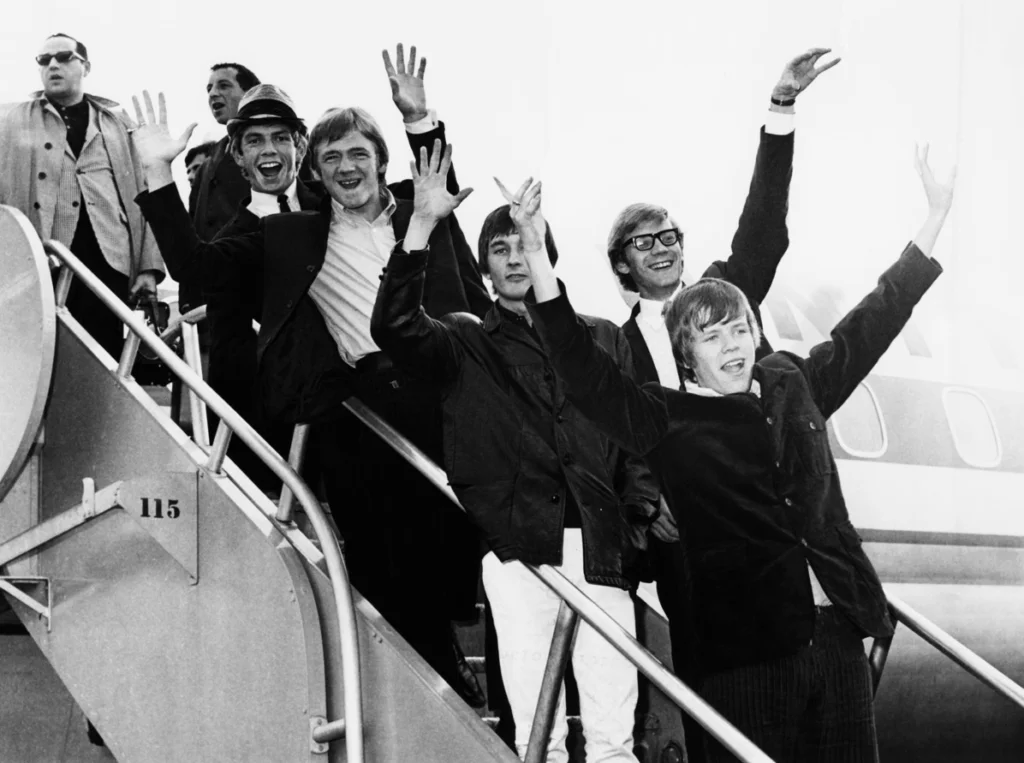
Beatlemania created a sound unlike anything the world had ever heard – thousands of teenage voices merging into one primal scream of pure joy and hysteria. The volume was so intense that it literally drowned out the music, turning concerts into shared emotional experiences rather than musical performances. Girls fainted, boys cheered, and everyone lost their minds in the most wonderful way possible.
The screaming wasn’t just noise – it was the sound of a generation finding its voice and refusing to be quiet about it. Parents covered their ears and shook their heads, but they didn’t understand that this wasn’t just about four musicians from England. This was the sound of young people claiming their space in the world, announcing that they had feelings, desires, and dreams that couldn’t be contained.
6. The Whistle of a Tea Kettle in Every Kitchen
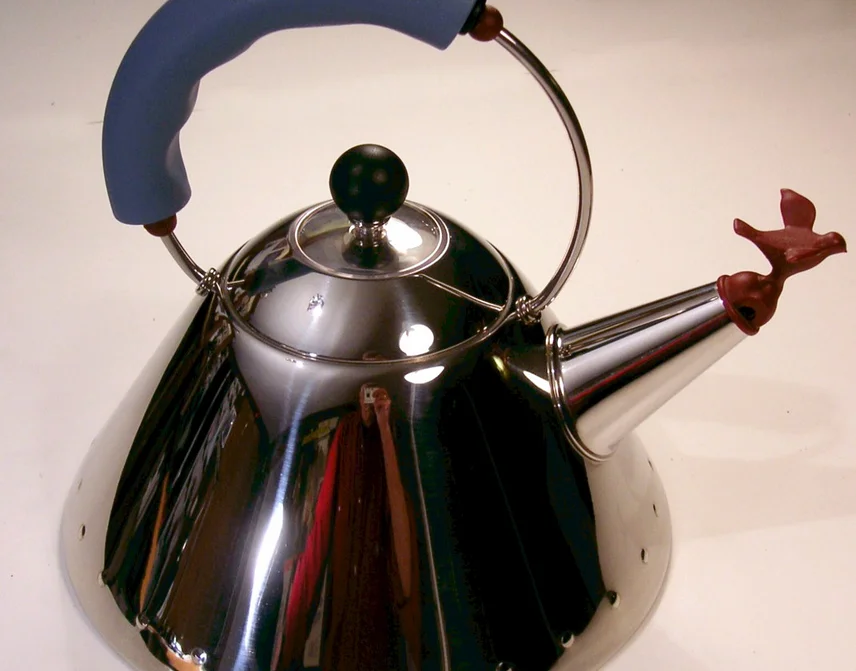
Before microwaves revolutionized our kitchens, that sharp, insistent whistle of a tea kettle was the soundtrack to family life. Mothers across America relied on that piercing sound to know when the water was ready for instant coffee, tea, or hot chocolate on a cold winter morning. The whistle had its own rhythm – starting soft and building to an urgent crescendo that could be heard throughout the house.
That sound meant someone was taking care of you, whether it was Mom making her morning cup of Folgers or preparing hot tea with honey when you had a sore throat. The kettle’s whistle was a call to gather, to slow down, to take a moment in our increasingly fast-paced world. Even today, hearing that sound can transport us back to childhood kitchens filled with warmth and the promise of something comforting to drink.
7. The Crack of a Baseball Hitting a Louisville Slugger

Summer afternoons in the ’60s had their own soundtrack, and nothing captured the essence of the season quite like the sharp crack of a wooden bat connecting with a baseball. Whether it was Mickey Mantle launching one into the bleachers at Yankee Stadium or kids playing stickball in the street, that sound represented pure American summer. The crack was followed by the roar of the crowd or the excited shouts of neighborhood kids calling “It’s going, going, gone!”
Radio broadcasters like Mel Allen and Red Barber made that sound come alive even when you couldn’t see the game, their voices painting pictures of heroes in pinstripes and the drama unfolding on diamond-shaped stages across the country. The crack of the bat was promise and possibility – maybe this would be the hit that won the game, broke the record, or made a kid’s summer unforgettable. It was the sound of dreams taking flight on hot summer afternoons.
8. The Distinctive Jingle of the Ice Cream Truck
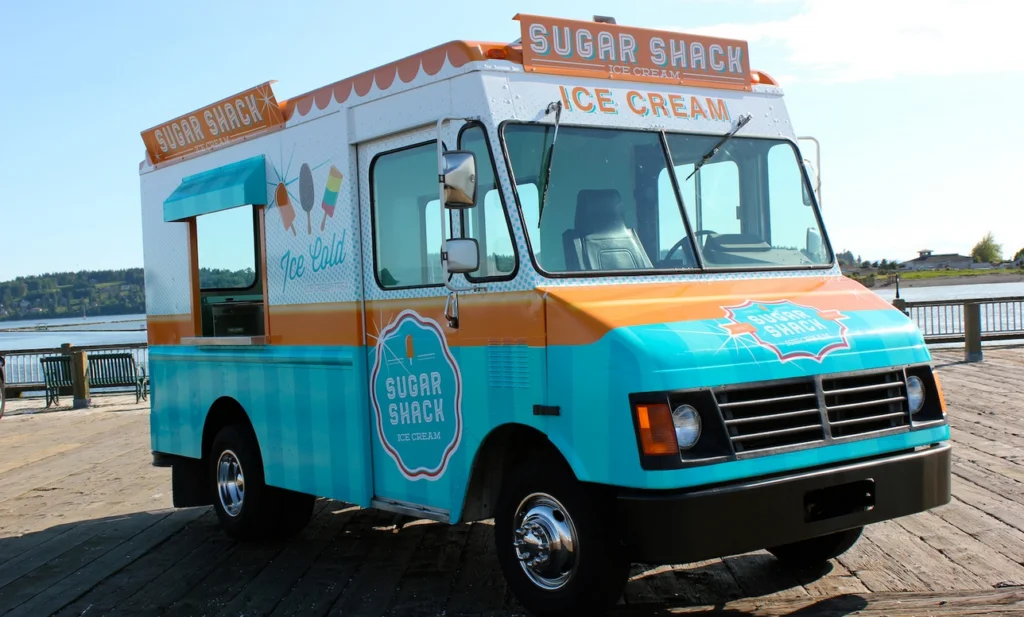
Nothing could empty a neighborhood faster than the tinkling melody of “Turkey in the Straw” or “The Entertainer” echoing from blocks away. Kids would drop everything – bicycles, jump ropes, whatever game they were playing – and race inside to beg their parents for change. The sound triggered a Pavlovian response that could turn the most well-behaved children into desperate negotiators.
The ice cream man’s song was the herald of summer, promising Popsicles, ice cream sandwiches, and those bomb pops that turned your tongue red, white, and blue. Parents would pretend to be annoyed, but they usually dug into their purses anyway, understanding that childhood summers were short and sweet moments were worth the investment. That jingle represented pure joy in musical form, and hearing it today can instantly transport us back to bare feet on hot pavement and the taste of vanilla ice cream melting down our chins.
9. The Static and Squeal of Tuning a Radio
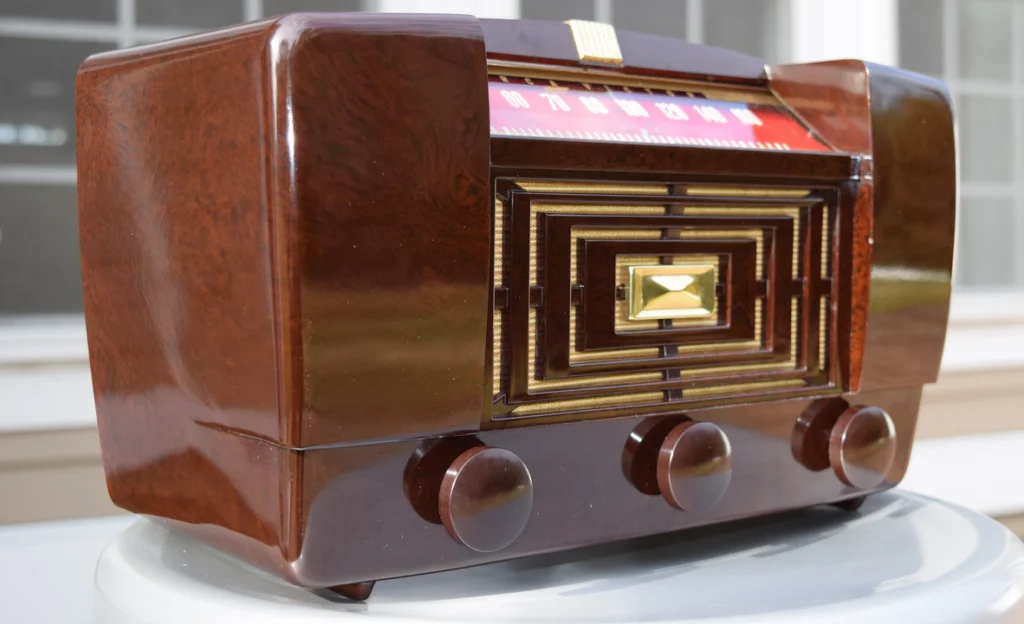
Before digital precision, finding your favorite radio station was an art form that required patience and a good ear. You’d slowly turn that dial, listening through layers of static, squealing feedback, and distant voices bleeding through from far-away cities. When you finally locked onto that clear signal playing “Good Vibrations” or “Purple Haze,” it felt like you’d discovered buried treasure.
AM radio ruled the day, and every region had its own legendary DJ spinning the hits and introducing you to new sounds. The static between stations was part of the experience – it made finally finding that perfect song feel earned. Late at night, you could sometimes pick up radio stations from hundreds of miles away, their signals bouncing off the atmosphere and bringing distant voices into your bedroom like messages from another world.
10. The Satisfying Ka-Chunk of a Manual Car Window
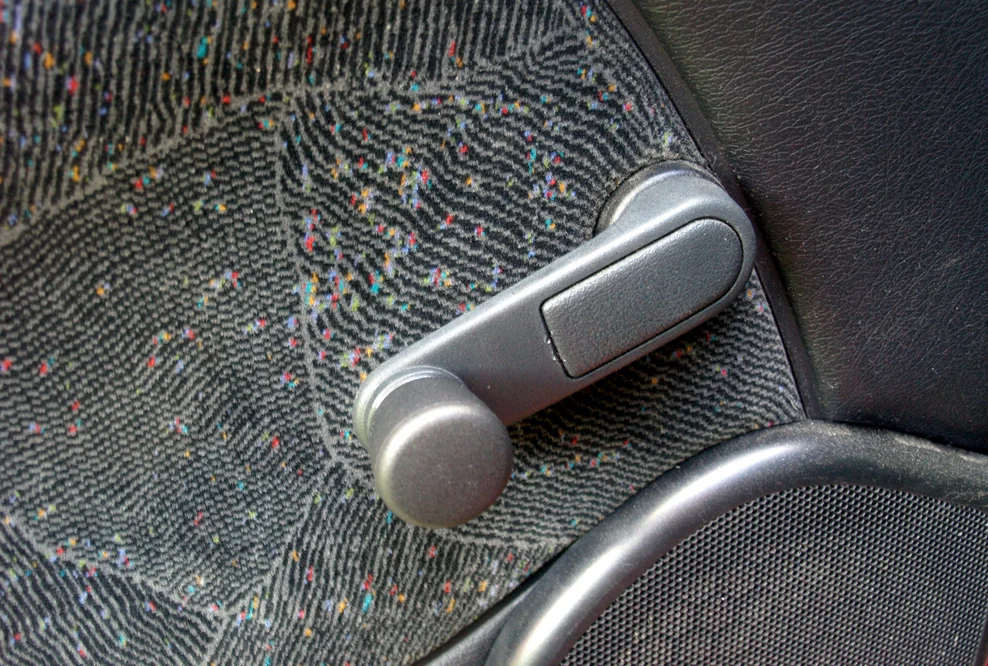
Rolling down the windows on a summer day was a two-handed operation that required commitment and a little bit of muscle. That mechanical ka-chunk, ka-chunk sound as you turned the handle was the prelude to freedom – wind in your hair, the smell of fresh-cut grass, and the promise of adventure ahead. Power windows were still a luxury that most families couldn’t afford, so we all developed strong forearms from cranking those handles.
The sound of windows rolling down meant road trips to the beach, drive-in movies, and cruising Main Street on Saturday nights with the radio blasting. Cars weren’t just transportation – they were freedom machines, and manually rolling down those windows was your way of announcing to the world that you were ready for whatever came next. That mechanical sound was the gateway to some of our most treasured memories.
11. The Hollow Pop of a Soda Bottle Being Opened

Before twist-off caps and aluminum cans dominated the market, opening a Coca-Cola or Pepsi required a bottle opener and produced that distinctive hollow pop that meant refreshment was on the way. Glass bottles kept sodas colder and somehow made them taste better, and that pop was like a dinner bell announcing that it was time to slow down and enjoy something special. Vending machines dispensed bottles for a quarter, and the sound of your selection dropping into the slot was pure satisfaction.
Soda fountains at the local drug store or diner added their own acoustic signature – the hiss of carbonation, the clink of ice, and the fizzy bubble sounds that meant you were about to enjoy a cherry Coke or root beer float. Sharing a Coke meant something different when bottles had to be returned and reused; it was a more deliberate act of friendship. That pop sound represented a simpler time when treats were special and every soda felt like a small celebration.
12. The Mechanical Click and Whir of a Polaroid Camera
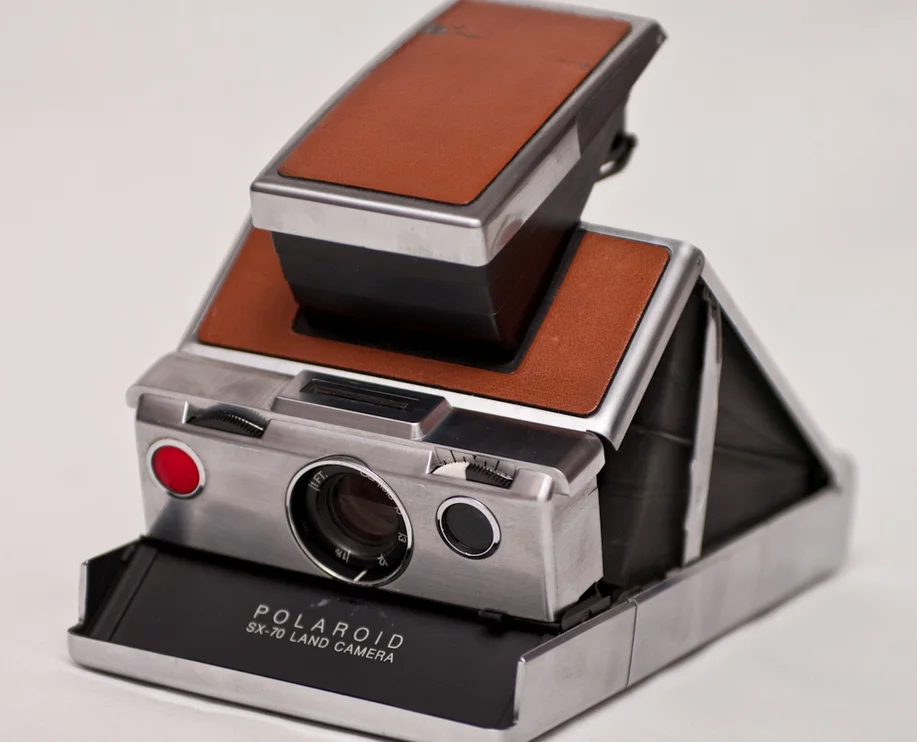
In an era before digital cameras and smartphones, capturing a moment required actual film and patience – except for the magical Polaroid instant camera. The distinctive mechanical sounds – the click of the shutter, followed by the motorized whir as the camera ejected that white-bordered square – announced that something special was happening. Then came the ritual of shaking the photo (even though you weren’t supposed to) and watching the image slowly appear like magic.
Those sounds represented the desire to hold onto moments forever, whether it was Christmas morning, a birthday party, or just goofing around with friends. The mechanical symphony of the Polaroid was followed by the excited voices of everyone gathered around, watching faces and scenes materialize from that initially blank square. It was photography as performance art, and those distinctive camera sounds were the opening notes of memories being born.
The 1960s gave us a symphony of sounds that did more than fill our ears – they filled our souls and created the soundtrack to the most transformative decade of our lives. These weren’t just background noise; they were the audio cues that marked our days, celebrated our joys, and comforted us through uncertainty. Even now, decades later, hearing any of these sounds can instantly transport us back to a time when the world felt full of infinite possibility and every day brought the promise of something groovy just around the corner.
This story 12 Sounds from the ’60s That Are Burned Into Our Brains Forever was first published on Takes Me Back.


